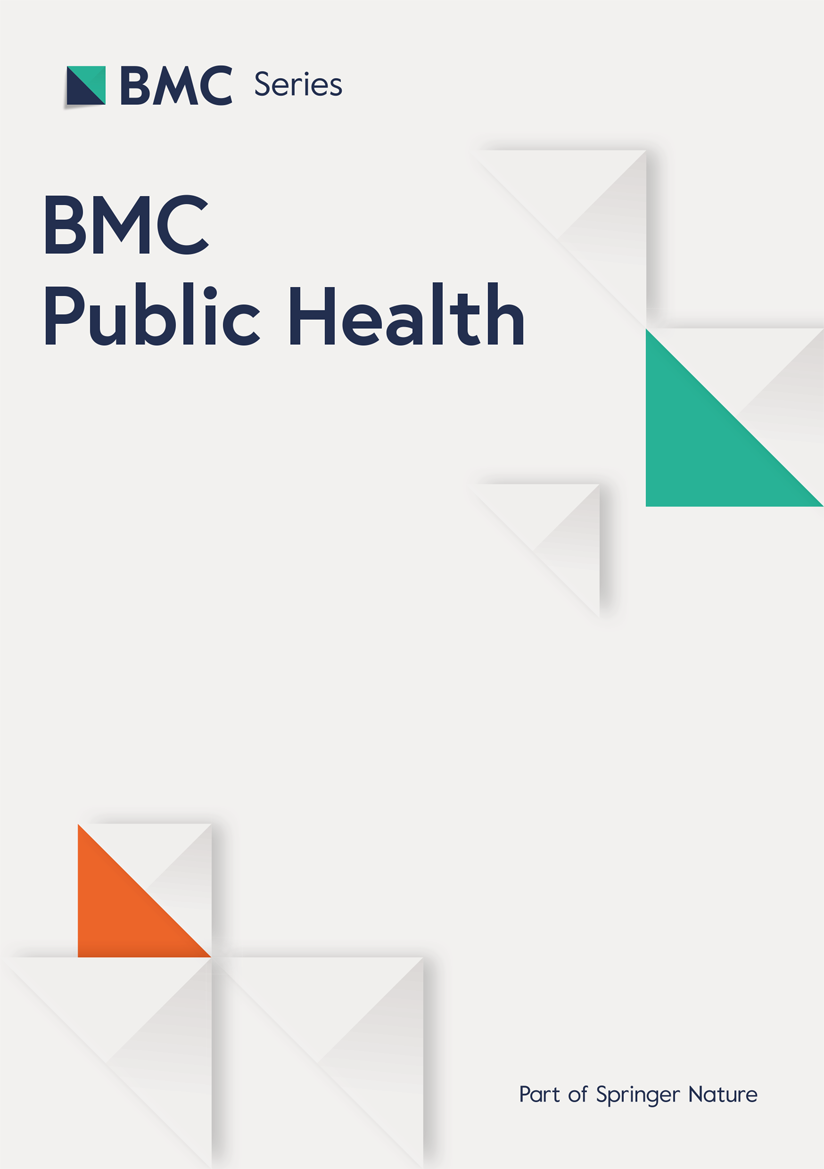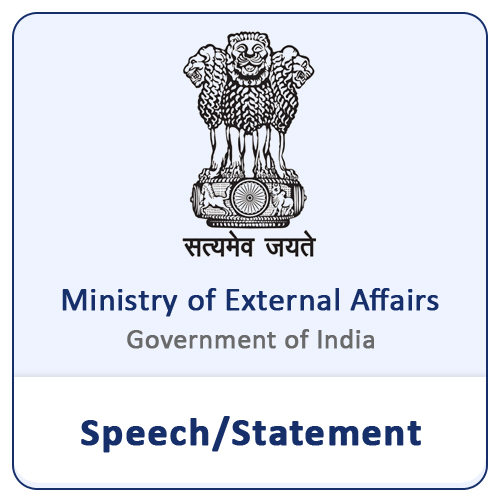Statement of principal findings
This study found that higher physical PA levels among Korean BBs were associated with a lower risk of both physical diseases (e.g., obesity, hypertension, diabetes) and mental health conditions (e.g., depression, suicidal ideation, cognitive impairment), with distinct sex-specific effects. For BB men, moderate PA level was significantly associated with lower prevalence of obesity and diabetes, while high PA showed additional benefits for diabetes only. No significant associations were observed for hypertension across PA levels in men, and the relationship between high PA and obesity was not consistent before adjusting for sociodemographic variables. In contrast, both moderate and high PA levels were consistently associated with lower prevalence of suicidal ideation, stress, and cognitive impairment. For BB women, both moderate and high PA levels were consistently associated with lower prevalence of obesity, hypertension, diabetes, depression. Interestingly, for other mental health indicators, specifically stress, suicidal ideation, and cognitive impairment, moderate PA showed stronger associations than high PA in women, possibly due to the occupational nature of high PA among women with lower socioeconomic status.
In addition, this study examined household income disparities in PA effects. BBs in lower income groups (< 4 million KRW or Q4) were significantly more likely to have lower PA levels. These disparities were more prominent among women than men, suggesting that income-based inequality in PA participation may exacerbate health disparities in the BB population.
Comparison with other generations and studies
Baby boomers represent the largest proportion of the aging population in South Korea and are now entering the dependent phase. Regular PA is known to improve both physical and mental well-being in this generation, thereby alleviating socioeconomic burden. Previous research has supported the protective role of PA in reducing the prevalence of non-communicable diseases and psychological distress. For instance, Blaak [5] reported that habitual PA improves insulin sensitivity and reduces obesity. Similarly, Levine et al. [31] emphasized the importance of NEAT (non-exercise activity thermogenesis) in preventing metabolic syndrome.
For BB men, moderate and high PA levels were effective against obesity, and no significant difference was observed between moderate- and high-intensity activities in reducing obesity. When BB men engage in PA to reduce obesity, they can freely adjust the intensity of the exercise based on their personal fitness level and exercise preference, which is advantageous in encouraging continued participation in PA [15, 33]. In fact, high-intensity activity was not associated with a statistically significant additional benefit in preventing obesity among men. However, regarding exercise responsiveness, middle-aged and older women are more sensitive to high-intensity exercise [5]. Owing to the high prevalence of weight gain and obesity due to hormonal changes after menopause [31, 55, 56], women may be more active in preventing obesity and managing weight than men, affirming our findings. Thus, indicating that higher PA levels may have a greater effect on obesity in women. In follow-up studies, the effects of metabolic differences between the sexes and exercise types, considering subcutaneous and visceral fat levels as covariates, need to be verified.
Regarding hypertension, the higher the PA level among BB women, the more effective it was in reducing the incidence of hypertension. However, the comparison showed no substantial relationship between PA and the reduction of hypertension among BB men. Hypertension can be affected by eating and lifestyle habits, PA, and genetic family history [28, 51]. In BB women, there is a pathophysiological mechanism that increases the risk of hypertension owing to a decrease in oestrogen levels after menopause. Therefore, exercise partially compensates for the post-menopausal hormonal changes and improves vascular function, inactivity is considered a stronger modifiable risk factor in women than in men [13, 46]. Therefore, a comprehensive approach is needed for BB men, considering the influence of lifestyle habits, such as genetic factors and eating habits.
Analysis of the interrelation between the prevalence of diabetes and PA level indicated that moderate PA in BB men was associated with a modest reduction in diabetes risk, though the significance level was borderline. By contrast, higher PA was more clearly associated with a lower diabetes prevalence, suggesting that higher PA intensity may provide more robust glycaemic benefits in this group. This may be because men have a higher basal metabolic rate than women, making it difficult to control their blood glucose levels sufficiently through moderate-intensity PA [7, 11, 18, 48]. Men and women increase their skeletal muscle mass through varying intensity exercises and stabilise their blood glucose levels through increased energy consumption. However, considering the characteristics of the older BB generation, when prescribing high-intensity exercise of ≥ 60% oxygen consumption reserve, heart attack risk [2], hypoglycaemia symptoms [1], lethargy caused by hyperglycaemia owing to ketoacidosis in type 1 diabetes, and hyperglycaemia symptoms due to ketoacidosis (thirst, polyuria, and risk of dehydration) [16] should be considered.
In this study, the higher PA levels were significantly linked with a reduced risk of depression in both BB men and women, with a dose–response trend observed across PA intensity levels. These associations were slightly more pronounced among men at the high-intensity level, while in women, moderate and high PA levels demonstrated similarly strong associations with reduced depression prevalence. Notably, among South Korean adults who engage in weekly PA ranging from 7 to 40 MET–hours, there is a reverse proportional relationship between the amount of PA and depressive symptoms onset [44]. However, the benefits of reducing depressive symptoms may reach a plateau when PA exceeds 3000 METs–min per week, leading to increased uncertainty in depression improvements [25]. As per this study’s sex-stratified analysis, it is recommended that men, when feasible, engage in physical activities exceeding 3,000 METs to prevent and improve depression. Future studies should consider factors related to depression in BB men, such as occupational roles, income, individual coping strategies, and cultural contexts, to comprehensively analyse their associations with PA levels [34].
For BB men, a higher PA level was associated with reduced stress. In contrast, for women, the overall effect of PA was more pronounced at moderate PA level. Although moderate-intensity PA is ideal for enhancing physical and mental health in women [4], research on the relationship between PA and stress levels must distinguish between eustress and distress. Hormesis induced by suitable stress levels through PA be-befits physical and mental health [8]. Future research should accurately measure and identify the optimal stress levels for individuals, especially considering the interaction between stress and PA, and determine the PA levels that provide optimal stress management benefits.
South Korea is recognized as having one of the highest rates of suicide among the Organization for Economic Co-operation and Development countries [42], with causes including social isolation due to ageing and chronic health issues potentially contributing to suicide risk. While PA has been studied primarily in the context of improving mental health factors such as depression, thereby indirectly reducing suicide risk [50], the direct relationship between PA and suicidal ideation has yielded inconsistent results [35]. This sex-stratified analysis revealed that higher engagement in PA substantially reduced the risk of suicidal ideation in BB men, whereas in women, both moderate- and high-intensity PA were associated with reduced suicidal ideation, although the benefit appeared more pronounced at moderate intensity. In addition, cognitive impairments, such as dementia, severely affect families and can disrupt household dynamics. In this study, men and women benefited from moderate or high PA levels, with additional benefits observed in men at high-intensity. However, BB women engaging in both moderate- and high-intensity PA showed reduced odds of cognitive impairment, although the protective association appeared stronger at moderate intensity. Thus, moderate levels of PA are effective for women in preventing or improving conditions such as suicidal ideation or cognitive impairment [21, 45]. Determining whether high PA levels are voluntary or because of occupational or domestic labour is crucial. The CHS data utilised in this study did not assess the voluntary nature of PA, highlighting the need for nationwide big data that considers these distinctions.
Lastly, BBs differ from younger generations in health behaviour profiles and socioeconomic traits. Kim et al. [22] found that Korean BBs demonstrate distinct health behaviour clusters compared to other age cohorts, characterized by limited engagement in leisure-time PA and higher clustering of negative health behaviours [22, 26]. Socioeconomic barriers such as low income are more likely to inhibit health-promoting activities among BBs [24], reinforcing the need for structural and tailored interventions for this group. Supporting this, Piepiora et al. [47] emphasized that structural and motivational barriers—such as a lack of accessible infrastructure and declining social interest—contribute to reduced physical activity participation in older adults in Poland. These findings highlight the value of multi-layered interventions tailored to demographic and cultural contexts. Consistent with previous research, our study further supports that BBs with lower income levels are significantly more likely to be physically inactive, placing them at heightened risk of adverse health outcomes. However, in South Korea, such cross-national comparative or motivational studies on older adults’ declining PA interest remain scarce, indicating a need for expanded research in this area.
Meaning of the study and policy implications
These findings may inform policy discussions and promotional strategies related to PA at exercise prescription sites and local communities, while recognizing that associations rather than causality were identified. One of the strengths of the present study lies in the use of the CHS, a large-scale, nationally representative dataset with rigorous sampling and standardized procedures. The survey’s wide range of domains (19) and detailed health-related questions (138 items) allow for multifaceted analysis. However, as with other self-reported cross-sectional surveys, the potential for recall bias and the inability to establish causality must be considered. This study highlights the differentiated associations between physical activity and health outcomes by sex and socioeconomic status among Korean baby boomers. It emphasizes that moderate levels of PA can offer substantial health benefits, particularly for women’s mental health, and that encouraging such activity in a sustainable and culturally relevant manner is critical. For example, moderate-intensity activities such as brisk walking, light aerobic routines, or low-impact group exercise classes can be promoted among older women to enhance mental well-being and adherence [3, 17]. The observed associations suggest that targeted policy interventions are needed—particularly those that address gender-specific and income-based barriers to PA. Specific policy strategies may include community health centre-based PA programs, home-based or mobile exercise services, and financial support for low-income older women to improve access to structured physical activity.
Given that BBs are entering the phase of higher dependency and healthcare utilization, integrating PA promotion into community-based chronic disease prevention programs may support healthy aging and potentially reduce national healthcare costs [19], although further longitudinal or interventional studies are needed to substantiate these links. This is particularly important in the Korean context, where the National Health Insurance Service has been operating at a fiscal deficit since 2018, and the national pension is projected to be depleted by 2055. Strengthening the physical and psychological health of the large BB generation through scalable and sustainable PA interventions is therefore a pressing policy priority. Tailored programs that reflect socioeconomic realities and promote accessible moderate-intensity activities may help promote health and well-being among the BB population and potentially contribute to the sustainability of Korea’s health and welfare systems, although causal relationships cannot be confirmed.
Future research and practical recommendations
This study has certain limitations. First, the CHS is a cross-sectional survey, limiting causal inference. Although large-scale, representative, and methodologically robust, it cannot account for temporal sequencing or rule out reverse causality. Nevertheless, identifying and prioritising key health variables through extensive epidemiological studies is crucial for policymaking. Second, all study variables, including physical activity (PA) and health conditions, were self-reported. Despite the use of trained surveyors and structured interviews, self-reported measures may be subject to recall bias or overestimation. Third, this study used the IPAQ, a widely adopted tool in public health research, to measure PA. Particularly among the older population, there is a known discrepancy between perceived and actual exercise intensity, which affects the validity of self-reported PA questionnaires [32]. Additionally, the IPAQ is known to overestimate PA levels and does not distinguish between domains (e.g., occupational vs. leisure), which may reduce specificity. Objective methods such as accelerometery would provide greater validity but are rarely feasible in large-scale surveys of older adults. Finally, the study excluded certain disease outcomes (e.g., hyperlipidaemia and stroke) due to data availability constraints in the CHS.
Further research should explore the causal mechanisms behind the associations found in this study, potentially through longitudinal or interventional designs. In future studies, it is necessary to compare the physical activity patterns and their health impacts across generations in Korea, given the current lack of comparative studies. Cross-national research comparing baby boomers with their counterparts in different cultural and economic contexts may also provide valuable insights for tailoring health policies. To support such initiatives, community-based PA programs targeting specific subgroups (e.g., low-income elderly women) should be developed. For instance, local health centres can deliver walking clubs or group exercises, while subsidies or outreach initiatives may reduce economic barriers. Additionally, future studies should investigate the voluntary or occupational nature of PA, examine the mediating effects of stress or coping styles on mental health outcomes, and explore how interventions can be designed to better reach low-income older adults, particularly women.











